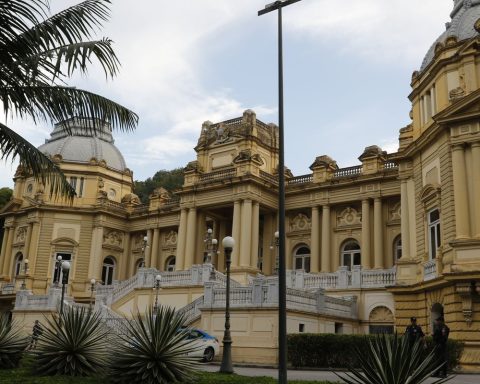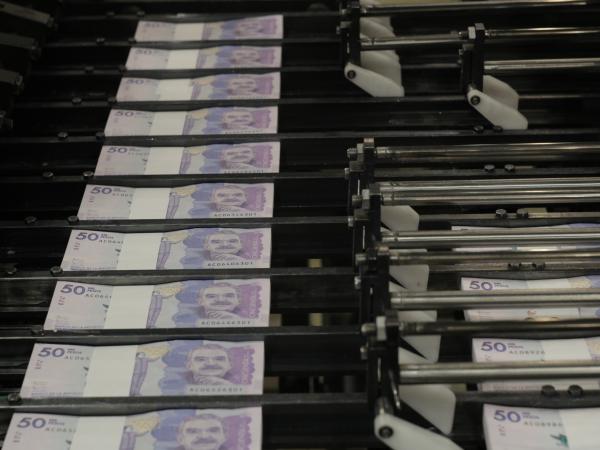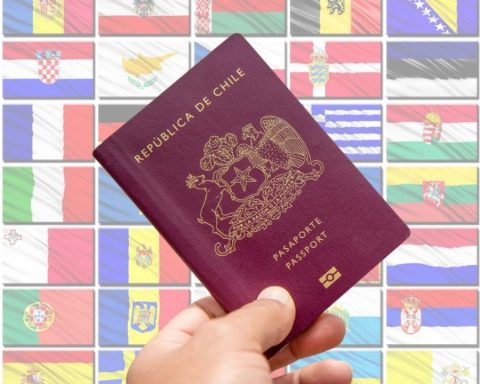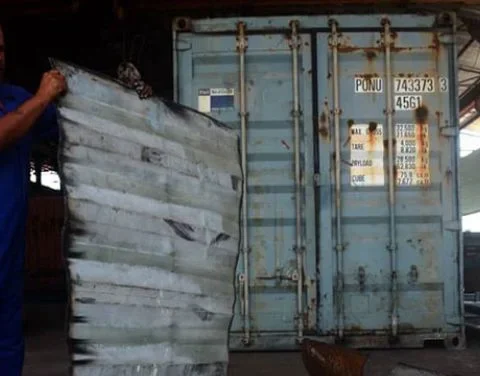A different world, full of meanings. Whether from stamps, cans, cars, TVs, comic books, LPs, works of art or even collectible dolls, there is a whole universe of objects that are reordered by lovers of collections. 
Fran Welton, entrepreneur and co-owner of Geek Show Collectibles, a store specializing in the sale of dolls and characters from pop culture, believes that collecting is growing worldwide. And he explains that the products he sells like “action figures” – articulated replicas of great characters from series and movies – are well sought after in the market.
“We have prices from 50 reais to 50 thousand reais. Let’s say the larger profile is people geeks, geeks, who like the universe geek of all ages. What drives people to collect is, mainly, nostalgia. It’s that forty-something thing like me walking into a store and seeing a statue, or a “action figure“from a character you saw in your childhood or that superhero you read all the comics”.
The collector of statues and games, Welliton Fernandes, believes that what drives people to collect is the satisfaction that the objects provide. “It is the pleasure that it gives you to research, to find, the value that it has for you”.
With more than 300 collectible pieces between superheroes and series characters, he is proud of his acquisitions and warns the most compulsive collectors: “There will always be someone wanting to make a lot of money on top of those who don’t have much knowledge of the market. ”. And he adds that “the limit has to be that which does not harm you and other aspects of your life”.
Marijara Queiroz, professor of museology at the University of Brasília, says that from a personal perspective there is not much difference between collecting and accumulating. “Every collector is in a way an accumulator, but not every accumulator is necessarily a collector. What differentiates is exactly this classificatory logic, which collectors generally have and the accumulator does not”.
For the collector of old TVs Alceu Massini, to make a collection it is necessary to have “available time and space to store it”. And he jokes: “Because it’s no use you piling everything up or putting your wife out of the house to put a TV on top of the bed and other things”.
Identify, catalog, organize, categorize the objects of desire. These are some of the paths taken by collectors. Plastic artist Betty Bettiol, passionate about art, spent years collecting rarities. “It was an adventure of about 20 years gathering all this rich material from Brazilian popular art. Brazil is wonderful! The simple people, who produce, who manufacture incredible works of art”.
The works in its collection are cataloged in the book “Brazilian Art in the Bettiol Collection”, which brings together pieces that express the Brazilian soul and culture. Works by Tomie Ohtake, tiles by Athos Bulcão, sculptures by Alfredo Ceschiatti, furniture by Sérgio Rodrigues, woodcuts by J. Borges, clay dolls by Dona Isabel and many other pieces. On top of his vast collection, Bettiol still aspires to other achievements for the country’s capital. “Who knows, in the future, if I still have time to live, we can give the city a Museum of Brazilian Popular Art?”
Another passion made the paths of collector Davi Doca and entrepreneur and record seller Bruno Prieto cross paths. It was the taste for vinyl. For Prieto, LPs became a more alternative product. “There are 103 factories in the world. Vinyl has come back in full force in the last 10 years. In Brazil we have two factories, one in Rio de Janeiro and another in São Paulo, both with a schedule to produce vinyl until June 2023”, he explains.
For Davi Doca, vinyls have always had an affective importance. He tells how it is to listen to the musical works he has collected over the years. “The LP is different, right? It has a sound of its own when you listen to it in a good way. pickup. It’s delicious to listen to a good record, in a good pickup”. Doca says he’s already lost count of how many vinyls he’s bought and calculates that he’s long past 25,000 LPs. And proudly displays one of its rarities, the LP Radio Sessions from 1965 by The Who: “This record by The Who is numbered. It has a number. So there are only 1,000 (of them) on the planet. And I am one of 1,000. I am privileged’.
“Collect, preserve, revive” is the theme of the Reporting Paths which airs this Sunday (6th), at 8 pm, on TV Brazil.
Technical team:
Reporting: Gracielly Bittencourt
Editing: Cintia Vargas and Ana Passos
Production: Cintia Vargas, Claiton Miranda, Flávia Peixoto, Gracielly Bittencourt
Image editing: André Eustáquio, Jerson Portela, Rivaldo Martins
Images: André Pacheco, Gilvan Rocha, Rogério Verçoza, Jefferson Pastori
Image support: Rogério Simas
Technical Assistance: Alexandre Souza, Dailton Matos, Thiago Pinto, Rafael Calado, Ivan Meira

















